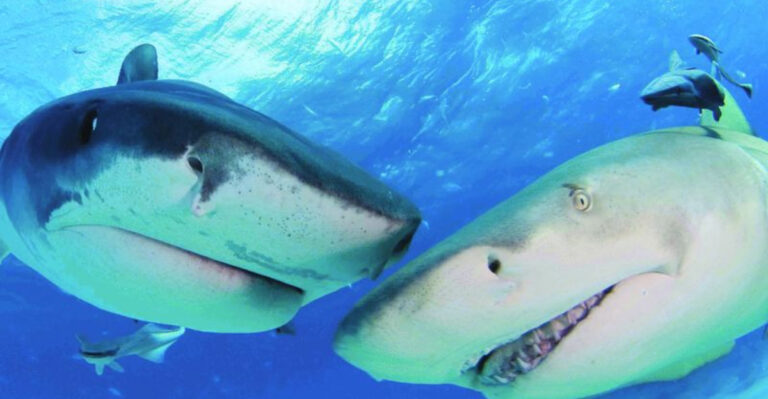Cougars Help Forests Grow – Here’s 14 Reasons Why That Matters On National Cougar Day

Cougars, also known as mountain lions or pumas, play a surprising role in forest health across North America.
These powerful predators do more than just hunt deer and other prey; they actually help shape entire ecosystems through their presence. As we celebrate National Cougar Day, let’s explore how these magnificent cats contribute to healthier, more vibrant forests and why protecting them benefits us all.
1. Deer Population Control
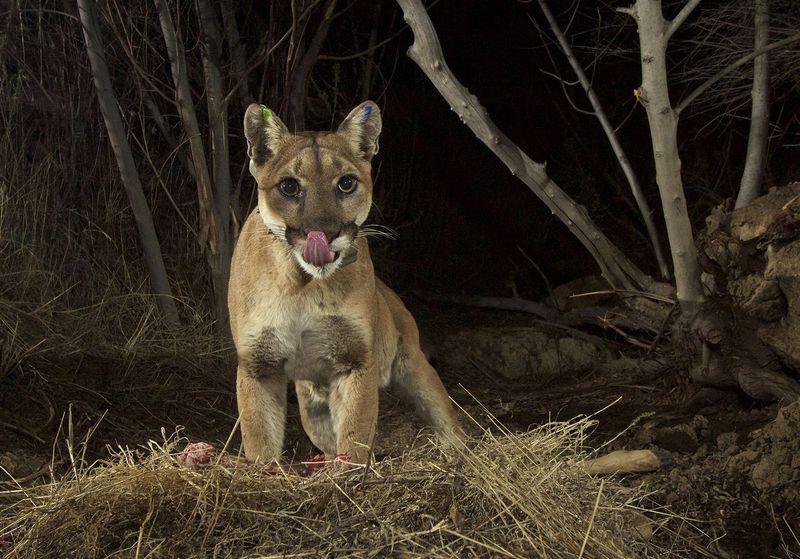
Cougars naturally limit deer numbers by hunting them as primary prey. Without these predators, deer populations explode, leading to overgrazing of forest vegetation.
Young tree saplings often disappear completely in areas lacking cougar presence, as hungry deer consume them before they can mature. One cougar typically removes about 50 deer annually from the ecosystem, creating balance.
2. Protecting Plant Diversity
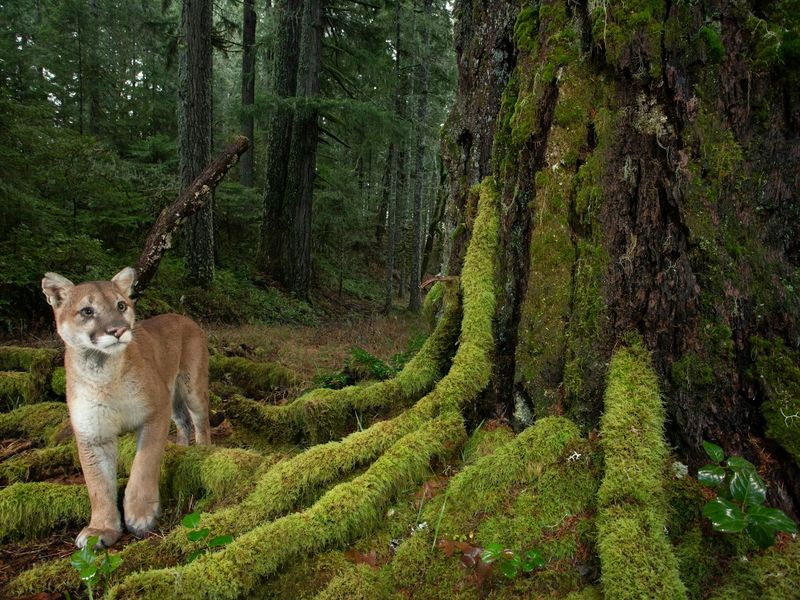
Forest floors burst with renewed plant life when cougars keep deer numbers in check. Scientists have documented up to five times more native plant species in areas with healthy cougar populations compared to cougar-free zones.
This botanical diversity creates habitat niches for countless insects, birds, and small mammals. The entire food web strengthens when these apex predators maintain their ecological role.
3. Tree Regeneration Boost
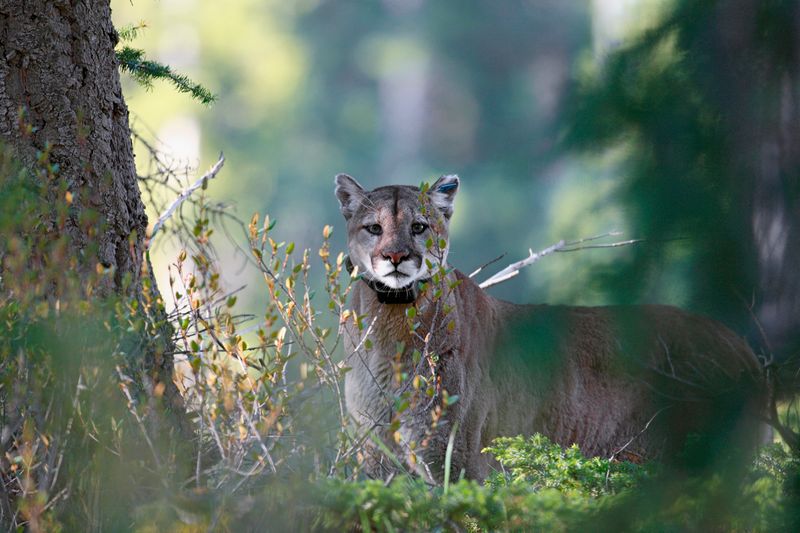
Young trees finally get their chance to grow when cougars keep deer browsing in check. Research in Zion National Park showed aspen groves recovering dramatically after cougar reintroduction.
These growing trees provide future homes for birds and shade for temperature-sensitive plants. The vertical structure they create transforms forests from sparse to lush over time, all thanks to the invisible influence of cougars.
4. Riparian Zone Restoration
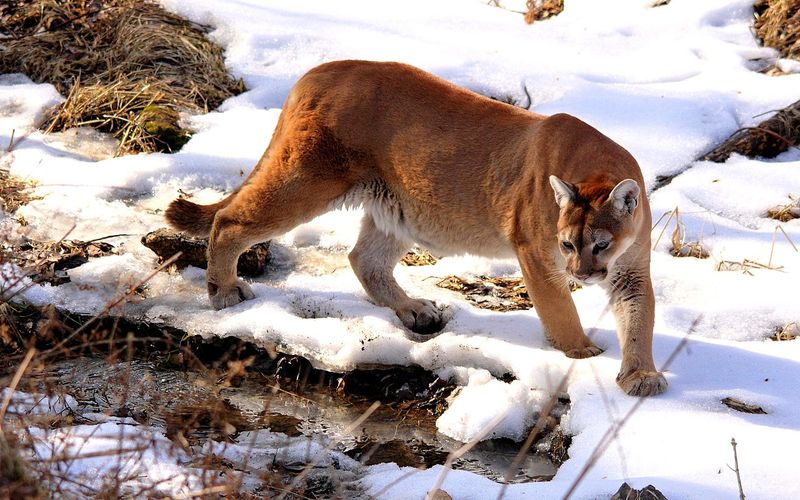
Streamside areas flourish when cougars patrol nearby. Without predators, deer congregate along waterways, decimating willows and other water-loving plants that hold banks together.
Healthy riparian zones filter water, prevent erosion, and cool streams for fish. Studies show these critical zones recover rapidly when cougars return, with beaver populations often following as woody vegetation returns, creating additional wildlife habitat.
5. Carrion Distribution
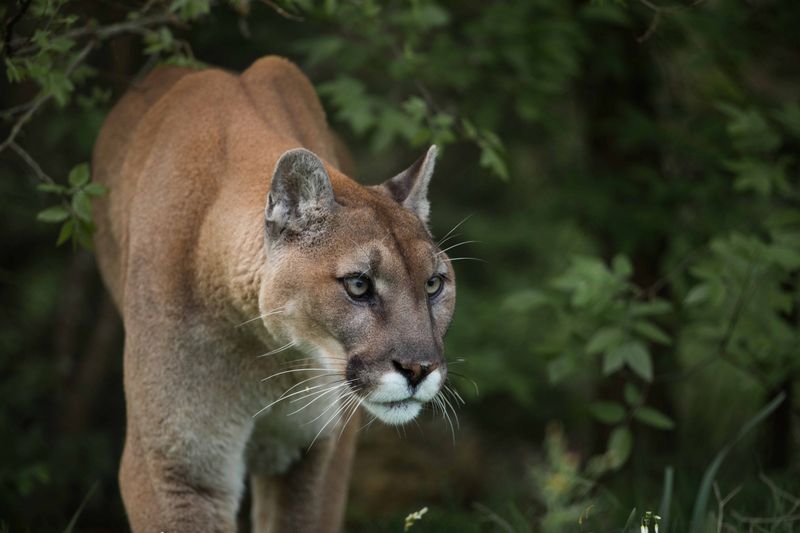
Cougar kills become nature’s buffet, feeding dozens of species. After taking what they need, cougars leave remains that support ravens, eagles, foxes, insects, and countless decomposers.
This nutrient redistribution enriches soil around kill sites, creating pockets of fertility throughout the forest. Scientists have identified over 200 species that benefit from cougar kills, making these predators key players in ecosystem nutrient cycling.
6. Fear-Based Ecosystem Management
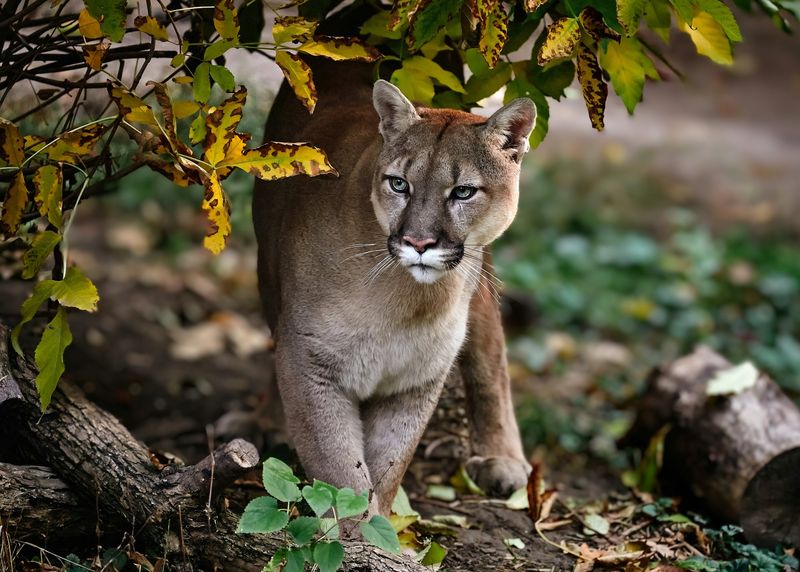
Prey animals behave differently when cougars are present, creating what ecologists call a “landscape of fear.” Deer avoid certain areas entirely or move through them quickly, preventing overgrazing in vulnerable spots.
This behavioral change spreads browsing pressure more evenly across the landscape. The mere presence of cougar scent marks or tracks can protect sensitive habitats without a single predation event taking place.
7. Mesopredator Release Prevention

Cougars keep smaller predators like coyotes and foxes in check through competition and direct confrontation. Without cougars, these mesopredators often explode in numbers, decimating small mammal and ground-nesting bird populations.
This ecological phenomenon, called mesopredator release, cascades through the entire ecosystem. By maintaining their rightful place, cougars help preserve the delicate balance between all predator and prey species in forest communities.
8. Carbon Sequestration Enhancement

Forests with cougars actually store more carbon than those without. When deer populations remain balanced, trees grow taller and more numerous, pulling carbon dioxide from the atmosphere and locking it away in wood.
Scientists estimate that predator-rich forests can sequester up to 40% more carbon than predator-poor ones. In our climate-conscious world, maintaining cougar populations offers a natural climate solution that works continuously without human intervention.
9. Wildfire Risk Reduction
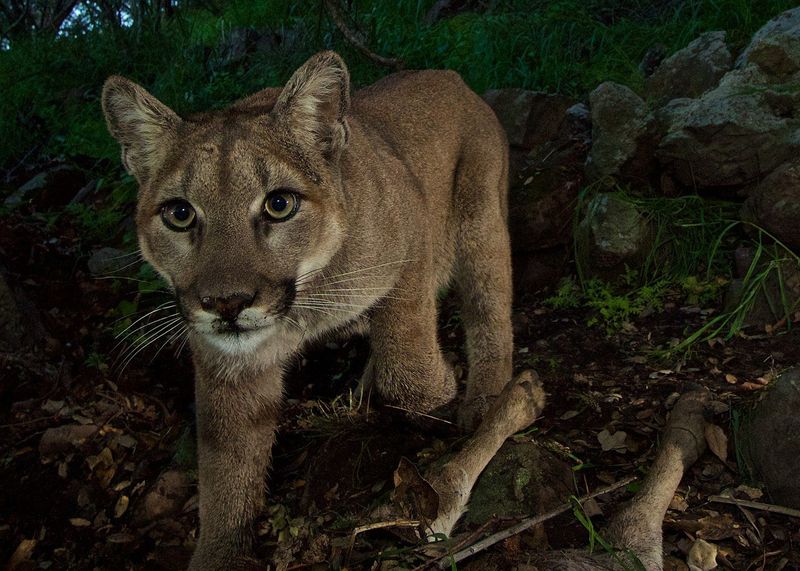
Forest structures influenced by cougars often resist catastrophic wildfire better than those without. When deer browsing is controlled, forest understories develop more diverse plant communities with varying moisture levels.
This diversity creates natural firebreaks and reduces continuous fuel loads. While counterintuitive, predator conservation represents an overlooked tool in wildfire management, with researchers now exploring connections between predator loss and increasing fire severity.
10. Soil Quality Improvement
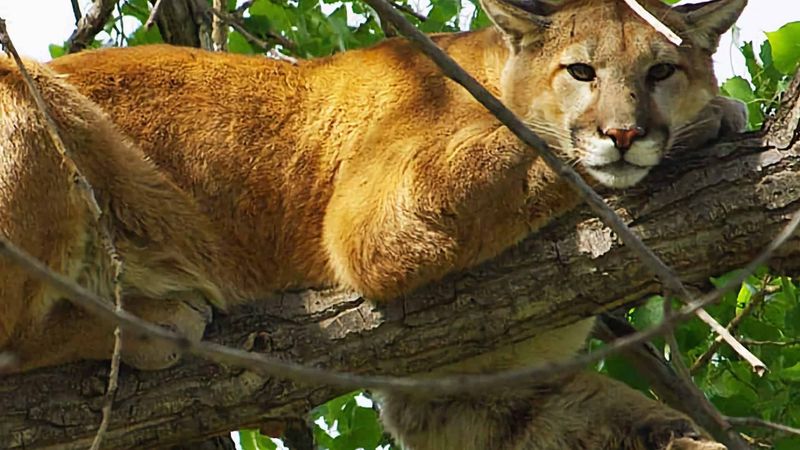
Forests with cougars develop healthier soils through several mechanisms. Balanced herbivore populations prevent soil compaction from too many hooves, while allowing for natural aeration through moderate disturbance.
Nutrient cycling improves as plant communities diversify and decomposition pathways multiply. The root systems of recovering trees and shrubs stabilize soil structure, reducing erosion and creating microhabitats for beneficial soil organisms throughout the forest.
11. Water Quality Benefits
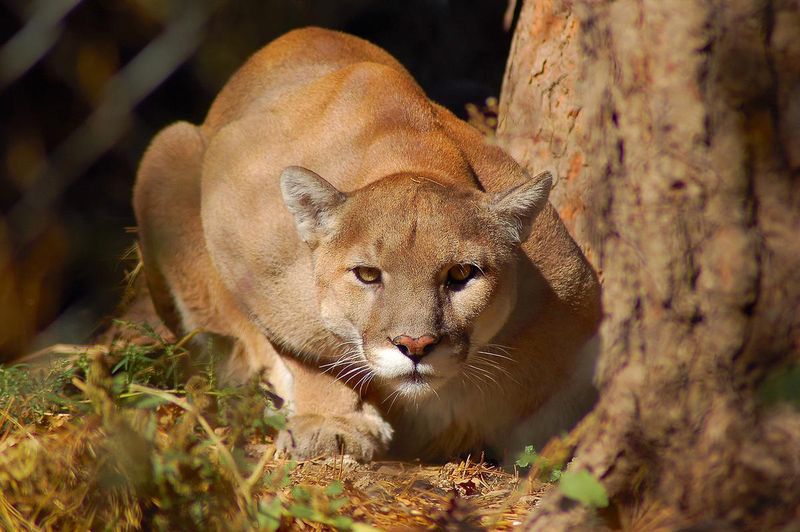
Watersheds protected by cougars produce cleaner water for downstream communities. When streamside vegetation thrives due to reduced browsing pressure, these plants filter sediments and pollutants before they reach waterways.
Shade from recovering trees cools water temperatures, benefiting fish and aquatic invertebrates. Studies in Yellowstone showed dramatic improvements in water quality following predator restoration, with similar benefits expected in all regions where cougars fulfill their ecological role.
12. Biodiversity Hotspot Creation
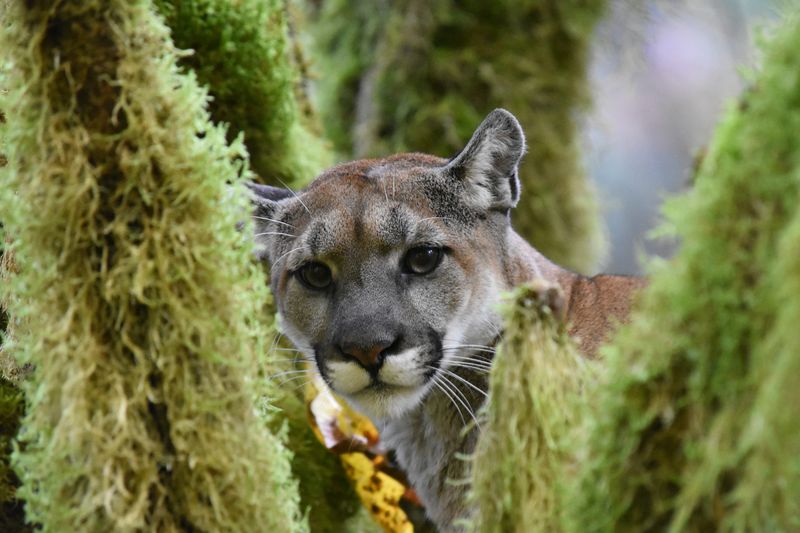
Areas with stable cougar populations often become biodiversity hotspots. The cascade of positive changes triggered by their presence creates niches for countless species that might otherwise struggle to survive.
From soil microbes to canopy-dwelling birds, the entire biological community benefits from the ecological balance cougars help maintain. Researchers have documented up to 30% more vertebrate species in areas where large predators like cougars remain compared to similar habitats without them.
13. Human-Wildlife Conflict Reduction
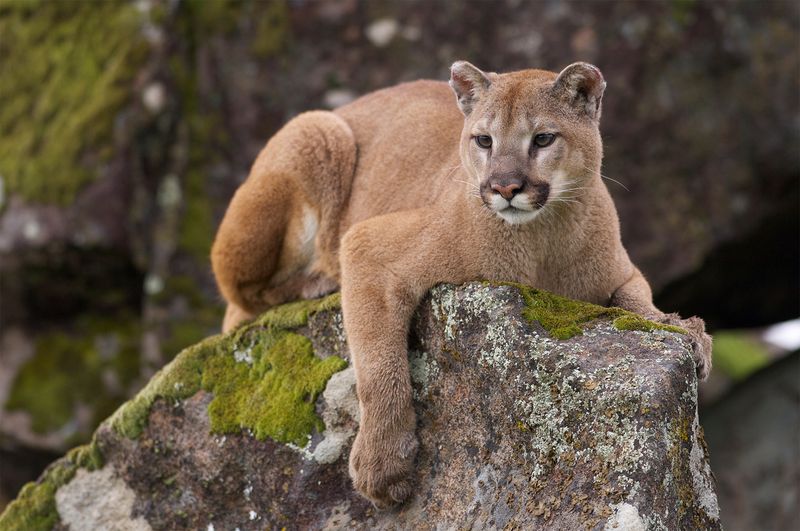
Healthy forests supported by cougar presence provide better habitat for wildlife, reducing animal encroachment into human areas. When natural prey and habitat remain abundant, cougars themselves are less likely to seek food near human settlements.
This natural balance helps minimize dangerous encounters between people and wildlife. Conservation efforts focused on maintaining this ecological harmony ultimately benefit both human and animal communities sharing the landscape.
14. Ecological Resilience Building

Forests with intact predator populations like cougars show greater resilience against disturbances such as disease outbreaks, invasive species, and climate extremes. The complex web of interactions maintained by these apex predators creates ecological redundancy and stability.
When one component faces stress, others can compensate, allowing the system to adapt rather than collapse. This resilience represents perhaps the most valuable yet invisible service cougars provide to forest ecosystems and the people who depend on them.



